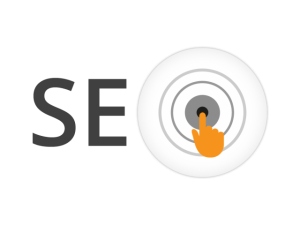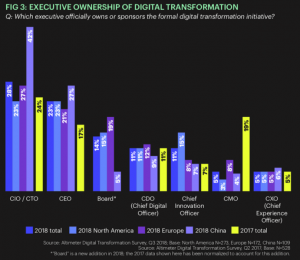Ever since the turn-of-the-century we have seen the emergence of new business megaliths, the cost of starting a company drop from $ 100k+ to less than $ 10k, and the average lifespan of a company shorten immensely.
With all these huge changes in business practice too few people are acknowledging the novel business models which succeed the most and have almost become expected with Millennials and Generation Z.
Looking towards the most successful companies and business models out there can be a source for inspiration for new and old companies you are affiliated with. This however requires you understand what the best business models are and the proper way to incorporate them into your business.
1. Mobile-Friendly
One the most successful apps in the app store and the recipient of the coveted Apple Design Award in 2015, Robinhood, is a mobile-centric investing platform. The founders of Robinhood understood that millennials want to use their phone for almost everything they do, but also that they only had a matter of seconds before users would lose interest in placing a trade. The result was Robinhood spending immense time on perfecting a user interface and user experience that could execute a trade in seconds.
The first major consideration for a mobile-centric business model is to understand your user experience. Robinhood knew that millennials wanted to spend less than 30 seconds on the app and be able to manage all their stocks. However, if your platform is meant to be a bit longer of an interaction, going all in on mobile is probably not the best call.
Even if you are not a mobile-centric platform, becoming mobile-friendly at the least is essential. Fix your site and make it easy to use and aesthetically pleasing on a phone. All of this requires understanding the user interface and user experience for your site and or app.
2. Subscription-Based
Between Dollar Shave Club and Harry’s, which mail consumers razors monthly, there has been an explosion of subscription-based products, but not all of them are ideal. DSC and Harry’s succeeded in competing with Gillette since the two understood that consumers hated going to the store all the time and inevitably were using old, dull, rusty razors. Furthermore, looping consumers into subscription models changed the necessary metrics for profits and so allowed them to drop prices, adding even more value to consumers.
If you want to use a subscription-based platform with your business you need to think about if your product is something that consumers are consuming each and every month. Eliminating monthly trips to the store for any product will be the driver of your success, even more so than any major drop in pricing. Conversely, if consumers are not buying it each month then you are going to struggle with convincing individuals to make such a huge commitment.
3. Freemium
When you think Freemium, you should think Pandora and Spotify: services anyone can access but are better when you pay a bit each month. These two companies also display the best and worst ways to execute Freemium. Pandora is a failure because as a radio-based music they were unable to completely remove ads under their premium model. Too many people continued to skip since it was never the perfect song and this drove costs up. Unfortunately, people do not want to pay for ads, so it has hurt financially.
Alternatively, Spotify not only succeeded in structuring a freemium model with ads subsidizing the free model, they also understood that free customers can be talked into the premium-side if the entry point is lower (even if prices rise to the full amount later).
Using this logic Spotify introduces sales for high-use customers who are most likely to see benefit in the premium account even if they currently think it is not worth the expense. Understanding the stratification of your customers, what their separate desires are, and how to subsidize the free users are the keys to launching a successful freemium platform.
4. Crowdfunding
Crowdfunding has exploded into many aspects of business in the past few years and understanding each route is extremely important for any company before moving forward with this business model. Firstly, “product-based” crowdfunding, such as Kickstarter and Indiegogo, is more like “story-based” crowdfunding. For these routes to work you need to spend months planning out a story to get consumers behind you and your product.
Remember that nothing binds you to fulfilling and so backers have a big risk in not knowing what they will actually receive if anything. Your company needs to be product and story focused for this avenue to truly be successful.
Secondly, “social good-based” crowdfunding such as GoFundMe honestly just requires loving and preferably generous friends and family. This route does not have many business opportunities but also is not even the best for all social causes. Olympians raising money to go to the Rio Olympics struggled meet to their goals in some cases. You need a strong story with strong promotion since again you are convincing people to give you free money and that takes salesmanship.
Lastly, the newest crowdfunding opportunity, which popped up after recent Congressional legislation in 2015, is “equity-based” crowdfunding. This model on platforms such as Slice Capital and WeFunder allow companies to become SEC-registered private companies and exchange equity for small amounts of money. What most companies wrongly assume is that this is an easy way to get investor funding for a new idea.
The SEC requires companies to be post-revenue and disclose a good amount of information so as to protect customers, so you will need to have already built up the company and prove you will protect investors.
Furthermore, this will likely require you hustling your friends and family into investing and blasting the link around social media to drive the investors. After you seed the campaign with early investors, more organic individuals will follow since no one wants to be the first to jump on an investment.
Business & Finance Articles on Business 2 Community(48)








